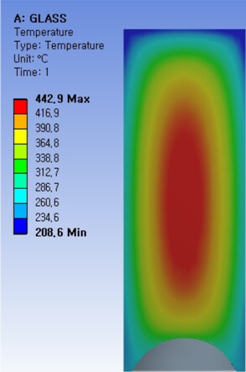방사성폐기물 관리 분야 | Glass waste forms for Cs, Sr
페이지 정보
2017.02.07 / 3,206관련링크
본문
Cs+ captured fly ash filter waste from pyro-processing was
immobilized by alumino-borosilicate glass waste form. Produced
glass specimens were irradiated by electrons in order to simulate the beta
irradiation during the storage and disposal. Density, glass transition temperature, Vickers hardness and linear thermal expansion
coefficient of pristine and irradiated glasses were measured. All of measured glass properties were similar to that of commercial HLW
glass waste forms. Chemical durability of glass waste form was evaluated by a product consistency test (PCT) and normalized release
mass values were well below the regulatory limitation. Magnetic resonance spectroscopies (EPR, MAS NMR) were used to identify the electron
irradiation induced paramagnetic defects and structural evolution of network
formers. It was seen that E’ and Si-O, B-O related defects were created. Structure of Si and Al networks were rarely influenced by electron irradiation. However,
modification of B network was forced by irradiation and boron coordination number was increased.
Work on thermal stability of a full size canister for glass waste form was
supported by thermal modeling. The maximum temperature of glass waste form will not
going to higher than glass transition temperature during an accident and preserve the glass performance.



